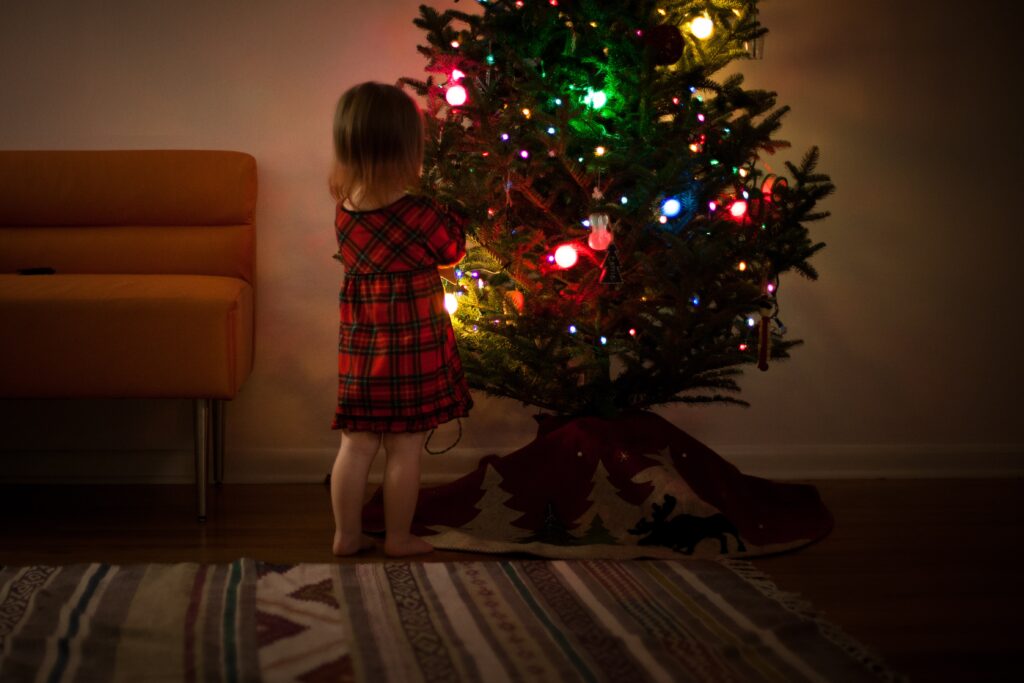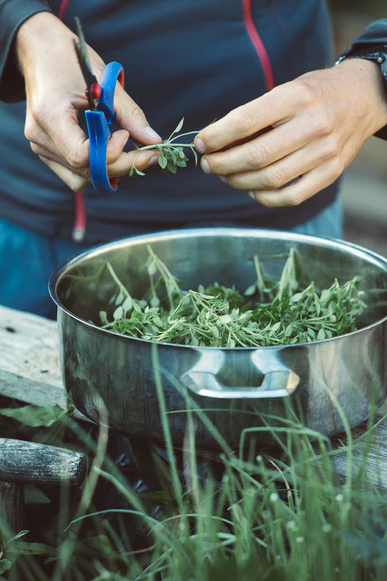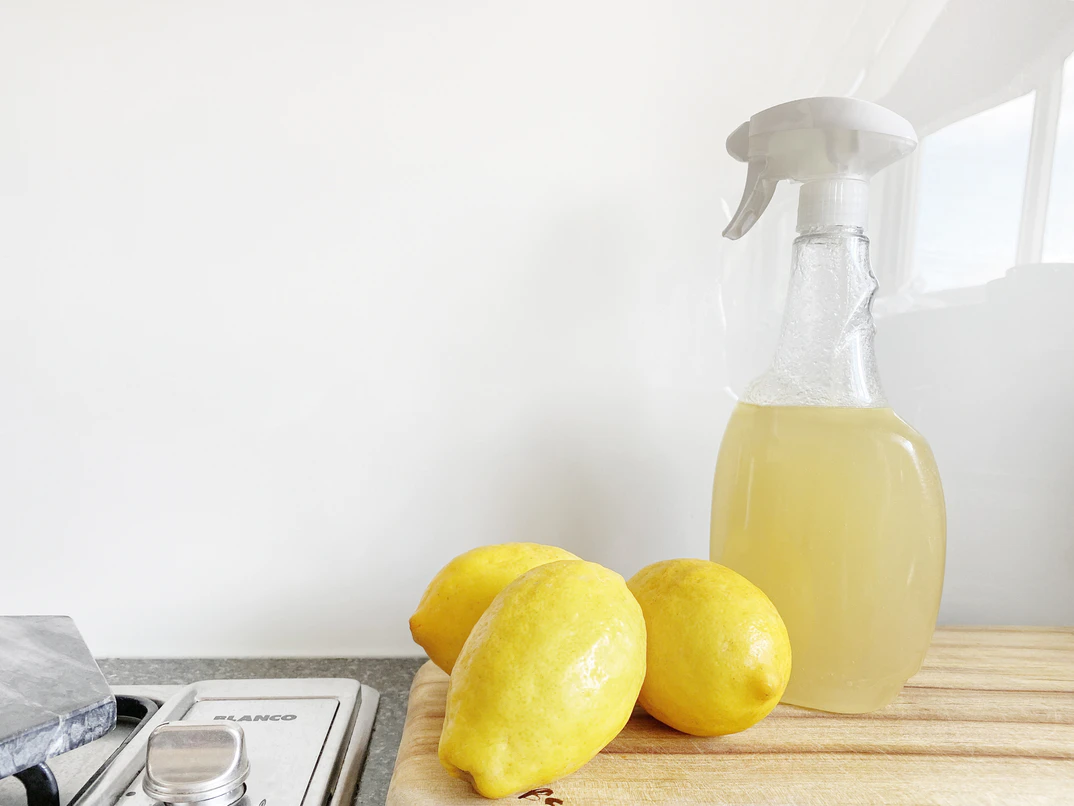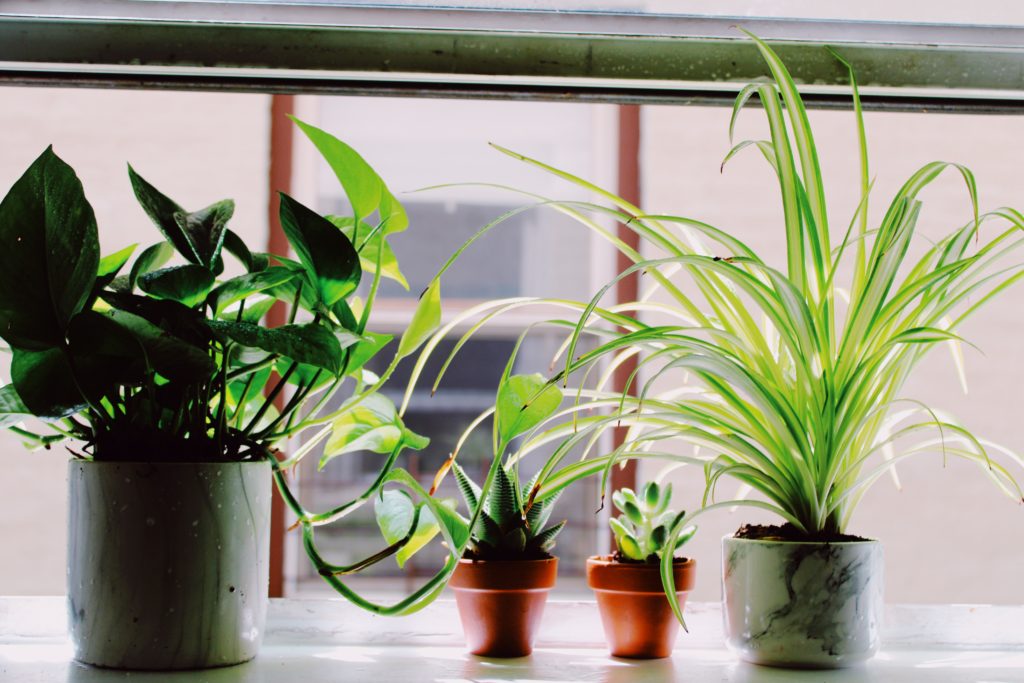It’s that time of year again – the Christmas trees are going up, the lights are twinkling and the tinsel is being dusted off. But before you head out to pick your tree, there are a few things you need to know.
Did you know that there are hidden toxins in Christmas trees that could be harmful to your health?
So, let’s take a closer look at real and fake Christmas trees to help you make an informed decision about which is right for you and your family.

What are the toxins in Christmas trees and why should we be concerned?
Real Christmas Trees:
Real Christmas trees are grown on farms just like any other crop. They are sprayed with pesticides to keep bugs away and herbicides to keep weeds from choking them out. These chemicals can stay on the tree even after it is cut down and brought into your home.
Fake Christmas Trees:
Fake Christmas trees are usually made from PVC (polyvinyl chloride), which is a type of plastic. PVC contains harmful chemicals like lead and cadmium. These chemicals can be released into the air which can be harmful to your health.
Fake Christmas trees also contain flame retardants. While these chemicals may help to prevent fires, they can also be harmful to human health.
Flame retardants have been linked to liver damage, cancer, and developmental delays, and they can also disrupt the endocrine system.
As a result, it’s important to be aware of the flame retardants in your holiday products and take steps to reduce your exposure.
How can we avoid these toxins when decorating our homes for Christmas?
Real Christmas Trees:
Looking for a pesticide-free Christmas tree? Here are a few tips to avoid pesticides when selecting a real tree:
Choose an organic Christmas tree. Organic trees are grown without the use of pesticides, herbicides, or other synthetic chemicals.
Select a tree from a local farm. Local farmers are more likely to use sustainable growing practices that minimize the need for pesticides.
Inspect the tree carefully. If you see any signs of pesticides or other chemicals, move on to another tree.
Ask the grower about their pest management practices. A grower who uses sustainable pest management practices is less likely to rely heavily on pesticides.
Fake Christmas Trees:
Fake Christmas trees are very popular, but they’re not all created equal.
Some fake Christmas trees are made with PVC, which can release harmful chemicals into your home.
Avoiding PVC’s is kind of tricky. Manufactures will most likely turn to alternative materials like PE (Polyethylene) or PP (Polypropylene) which are still a plastic that may have their own set of issues.
If I had to choose, I would take the PE or PP over the PVC. This is just choosing the lesser evil.
When looking for a fake tree, always be sure to check the box to see what the tree is made of. Make sure that the tree is made in either the USA or Europe where there are stricter standards. Avoid trees from China and always wash your hands after handling.
And, of course, you can always opt for a real organically grown Christmas tree!
How can we dispose of our Christmas trees safely after the holidays are over?
As the holidays come to an end, many of us find ourselves wondering how to dispose of our Christmas trees.
The good news is that there are plenty of options for disposing of your organic tree in a safe and responsible way.
Here are a few ideas:
Compost your tree. If you have a compost bin, you can simply chop up your tree and add it to the compost. This is a great way to give your garden a boost in the spring!
Use it as firewood. If you have a wood-burning stove, you can use your organic christmas tree as firewood. Simply chop it up into small pieces and use it to keep your home warm all winter long.
Recycle it. Many cities offer special recycling programs for organic christmas trees. Contact your local waste management department to find out how to recycle your tree in your community.
Give it to the goats!
In my area, there are local farms that will take your Christmas tree in order to feed it to their goats.
Goats love to snack on the trees and they have lots of nutrients for the goats.
If you do a quick Google search for your area, I am sure you will find a farm or maybe even a zoo that will take your tree.
Just make sure that the tree is not a conventionally grown tree with pesticides. We don’t want to harm the goats!
Whatever you decide to do with your organic Christmas tree, make sure you do it safely and responsibly!
Christmas tree Alternatives
Christmas trees are a staple of the holiday season, but they’re not the only option out there. If you’re looking for something a little different this year, consider one of these Christmas tree alternatives.
For a classic Christmas look, try a wooden tree. You can find these at most home improvement stores or online and they’re easy to assemble. Just make sure to measure the height of your room before you buy, so you don’t end up with a tree that’s too big or too small.
If you’re looking for something a little more eco-friendly, try a cardboard tree. These are made from recycled materials, and they can be easily disassembled and recycled when Christmas is over. You can also find these in a variety of sizes, so it’s easy to find one that fits your space.
And if you really want to think outside the box, try a wall hanging Christmas tree. These trees make a bold statement, and they’re perfect if you have limited floor space.
Or, you can be like Frank Costanza and just get an aluminum pole.
A few years ago I did a “revamp” of the Festivus pole. I took a garden obelisk (just learned the correct term!) and then cut branches from my mother’s yard. I pieced it all together and came up with a cute little tree!

This year I will be taking a big plant and throwing lights on it.
Whatever it is, get creative! You might just start a brand-new family tradition!
Make sure to clean!
Whatever type of tree you decide on, the best way to reduce toxin exposure is to clean.
Most toxins wind up as house dust. As items in our home start to break down, those particles make up house dust. We can then inhale and injest this dust.
The best way to limit that exposure to toxins in house dust is to wet dust and vacuum regularly. I just wet a washcloth and go over all surfaces daily or every other day. I also have a cordless vacuum that is quick and easy to get at any carpets.
Conclusion
So, what type of tree will you get this year? Will you choose a fresh or artificial tree? If you’re going with a live tree, make sure to ask your local retailer about the types of pesticides they use – some are safer than others. And if you go with an artificial tree, be sure to look for one made from nontoxic materials. No matter which option you choose, enjoy your Christmas Tree and all the festivities that come with it!
And, be sure to check out 10 Smart Ways To Go Toxin-Free On A Budget for more ways to keep your home less toxic all year long.
Get your Beginners Guide To Creating A Healthy Toxin-Free Home
Follow on Social Media: Facebook | Instagram | TikTok | Pinterest
If you need help finding other non-toxic products for your home and don’t know where to start, I have put together some of my favorites here to help you out!




